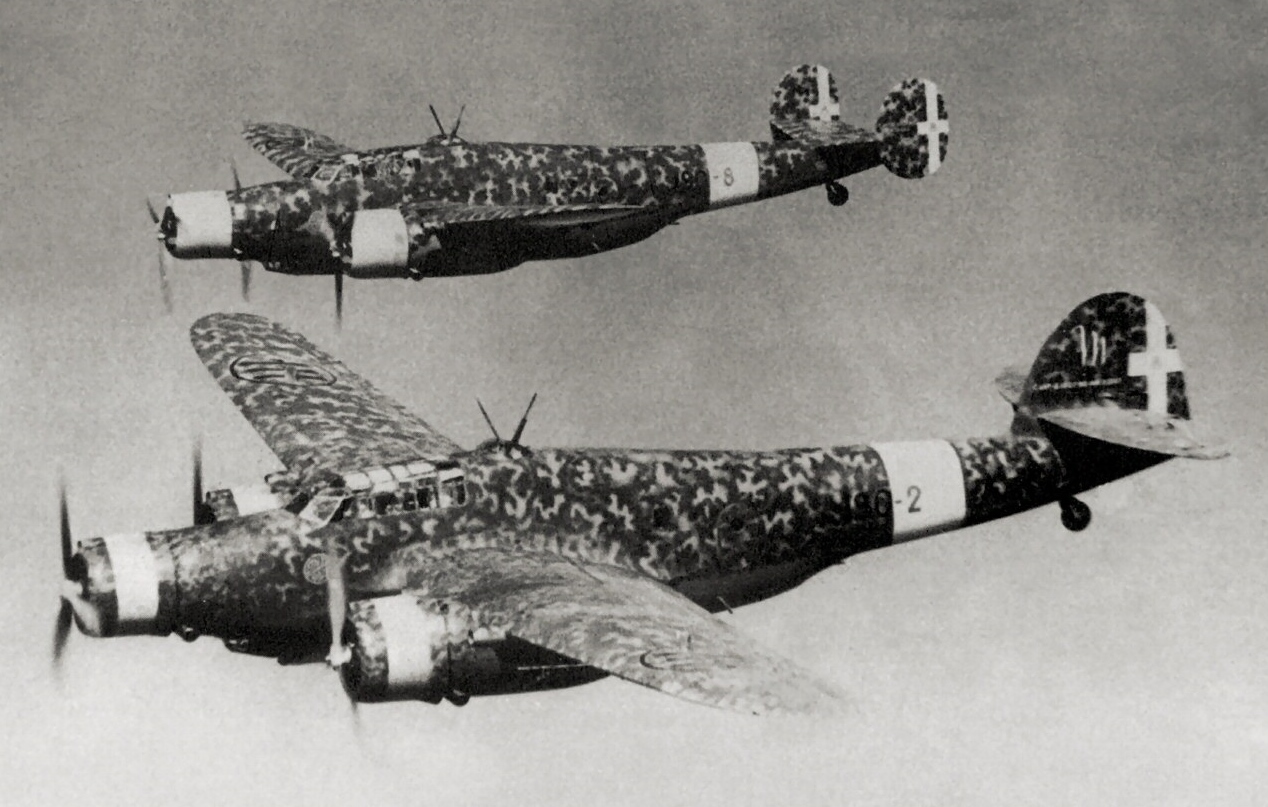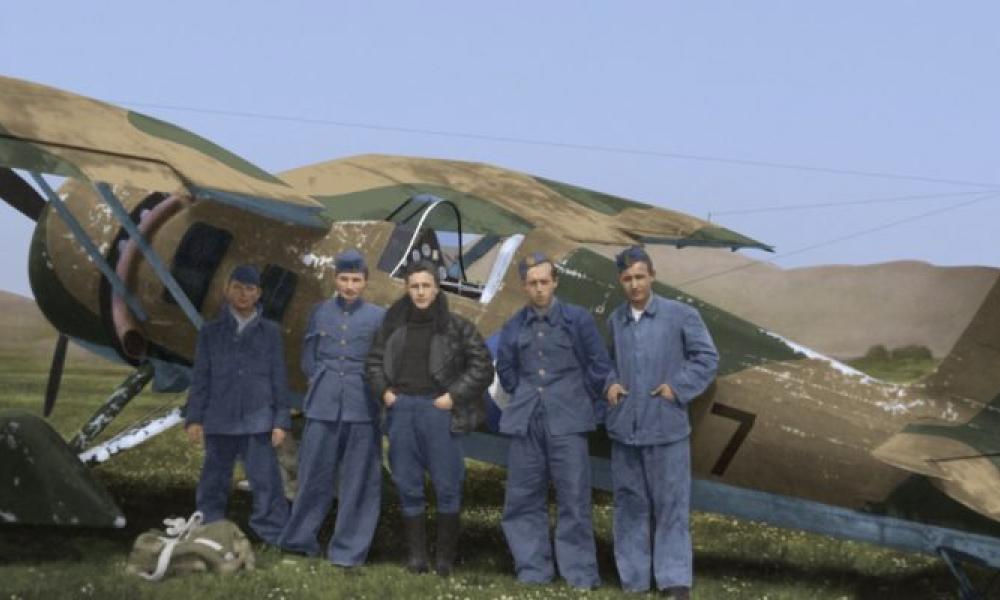An enemy aircraft’s rudder was destroyed when Mitralexis, who had already shot down one bomber, pointed the nose of his PZL P. 24 directly at the bomber’s tail. This caused the bomber to lose control
During World War II, Marinos Mitralexis served as a pilot for the Greek Air Force (Greek: Μαρίνος Μητραλέξης, 1916–1948). On November 2, 1940, he downed an enemy bomber by ramming its tail, cementing his legendary status.
In 1916, Marinos D. Mitralexis was born in Mila Messinias. In the summer of 1938, he graduated as a Second Lieutenant from the Hellenic Air Force Academy, where he had enlisted. He was assigned to the 22nd Pursuit Squadron, headquartered at Thessaloniki’s airfield, for the duration of the subsequent Greek-Italian War (October 28, 1940, to April 7, 1941).
Thessaloniki was the destination of a squadron of 15 Italian CANT Z.1007 bombers on November 2. The 22nd Squadron of the Greek PZL P.24 Fighters quickly spotted and intercepted them. Three of the bombers were shot down during the dogfights, while the remaining aircraft made it to their destinations before beginning to make their way back to their base in Albania. Mitralexis, who had already shot down one bomber, was now out of ammunition, so he aimed the nose of his PZL P. 24 right into an enemy bomber’s tail, shattering the rudder and sending the bomber out of control.
Then, 20 kilometers north of Thessaloniki, near the town of Lagadas, he had to do an emergency landing close to the bomber that had crashed. After landing, Mitralexis noticed the four enemy bomber crew members still alive and, after giving them an honorable salute, used his pistol to capture them. Sadly, the collision claimed the life of the Italian bomber’s fifth crew member.

Brussolo Garibaldo, the bomber’s pilot, reported: ”Our Squadron, consisting of five bombers, accompanied by a pursuer, received an order to carry out the bombing of Thessaloniki. It was November 2, 1940. As we approached the target, we came across a heavy anti-aircraft fire barrier, which shot down one of our bombers. But when we flew over Lagadas, we could see three Greek PZLs. They chased us, so one of our bombers hit the gas tank, drove away from the Squadron, and crashed near the Greek-Albanian borders. The formation of the other three of our planes was disbanded, chased by the Greek pursuers. My plane was attacked by a Greek pursuer and when its pilot exhausted all his ammunition, he rushed against it and with the propeller of the plane destroyed the tail rudder of mine which could no longer be controlled. As we were at an altitude of 7.000 feet, we managed to use our parachutes and land in a field in the area of Lagadas. A short distance from us, a little later, due to serious damage to the propeller of his plane, our opponent, rushed toward us and told us that his name was Mitralexis. After he saluted us, he shook my hand in a very friendly and comradely way. I handed over to Mitralexis, who during our transfer to Thessaloniki, did not fail to tell me that he is happy for our acquaintance, I admire his self-sacrifice, kindness, and generosity, and in return for his kind feelings, as a souvenir of our acquaintance, my personal ID card.”

Mitralexis received a promotion and numerous medals for this extraordinary act, including Greece’s highest honor for valor, the Gold Cross of Valor. During the conflict, he was the only Air Force officer to receive it. He and the remaining Greek Air Force soldiers and planes escaped to North Africa to join the Allied forces there when Greece submitted to Germany (in April 1941).
Regrettably, Marinos Mitralexis perished in an Airspeed Oxford disaster in the southern Aegean Sea in September 1948 while on a normal training flight.

Source:
Photo by
- Hellenic Air Force
- ww2wrecks.com
- greekcivilwar.worldpress.com
- pentapostagma.gr

